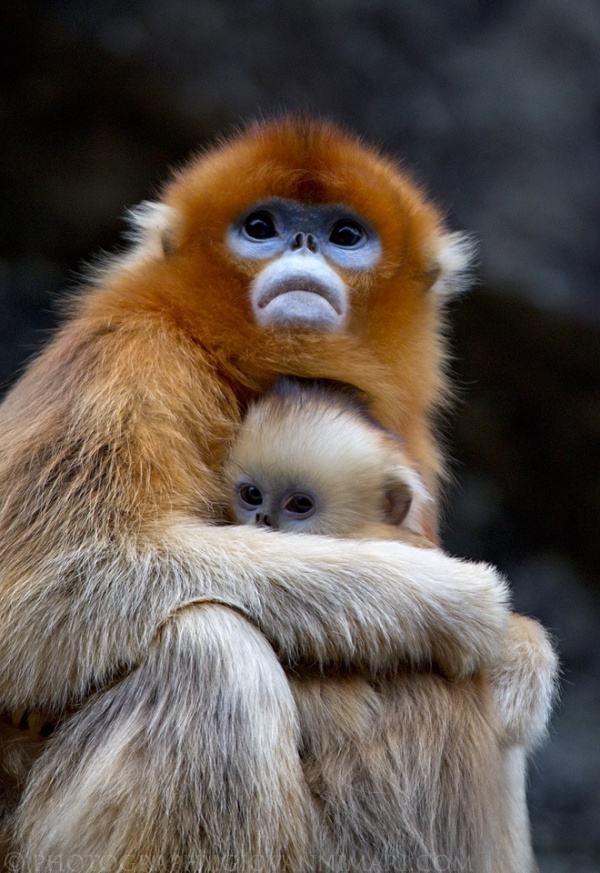Facts About Golden snub-nosed monkey
The golden snub-nosed monkey is a captivating Old World monkey native to the temperate, mountainous forests of central and southwestern China. Active during the day (diurnal), these monkeys primarily consume plant matter and spend the majority of their time high in the forest canopy. The species is comprised of three subspecies, each exhibiting different population sizes and all facing the threat of habitat loss.
These subspecies vary in tail length and skeletal characteristics, inhabiting various mountainous regions across China. The golden snub-nosed monkey exhibits sexual dimorphism, with distinct differences in appearance between males and females. Furthermore, adult males, females, juveniles, and younger monkeys each display unique sizes and fur coloration.
Their habitat is limited to temperate forests within four Chinese provinces, at elevations ranging from 1,500 to 3,400 meters. The composition of vegetation in these habitats changes with altitude. The golden snub-nosed monkey has a complex social structure, living in groups that can range from small family units of 5-10 individuals to larger assemblies.
Reproduction occurs year-round, with a peak in mating activity during October. The gestation period is approximately 6-7 months. Their diet is varied and consists of lichens, leaves, fruits, seeds, and other plant materials, which vary with the seasons. These monkeys also face predation threats from certain mammals and birds.
Conservation is crucial for the golden snub-nosed monkey, which is endangered primarily due to habitat destruction. They are found in protected areas and are listed on Appendix I of CITES, which prohibits international trade of the species. Some zoos outside China also house golden snub-nosed monkeys to aid in conservation efforts.

 Kyrgyzstan
Kyrgyzstan